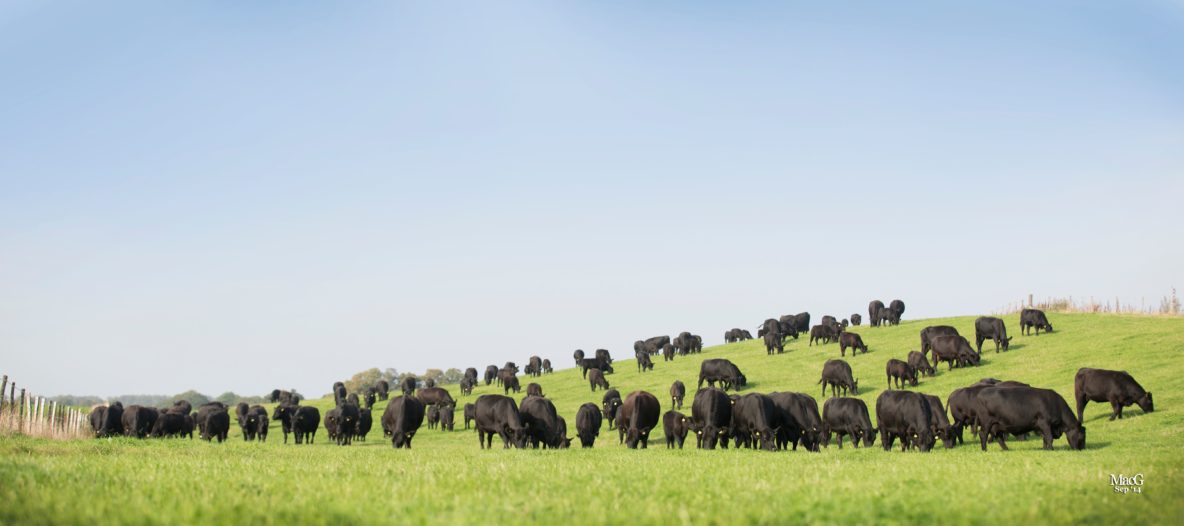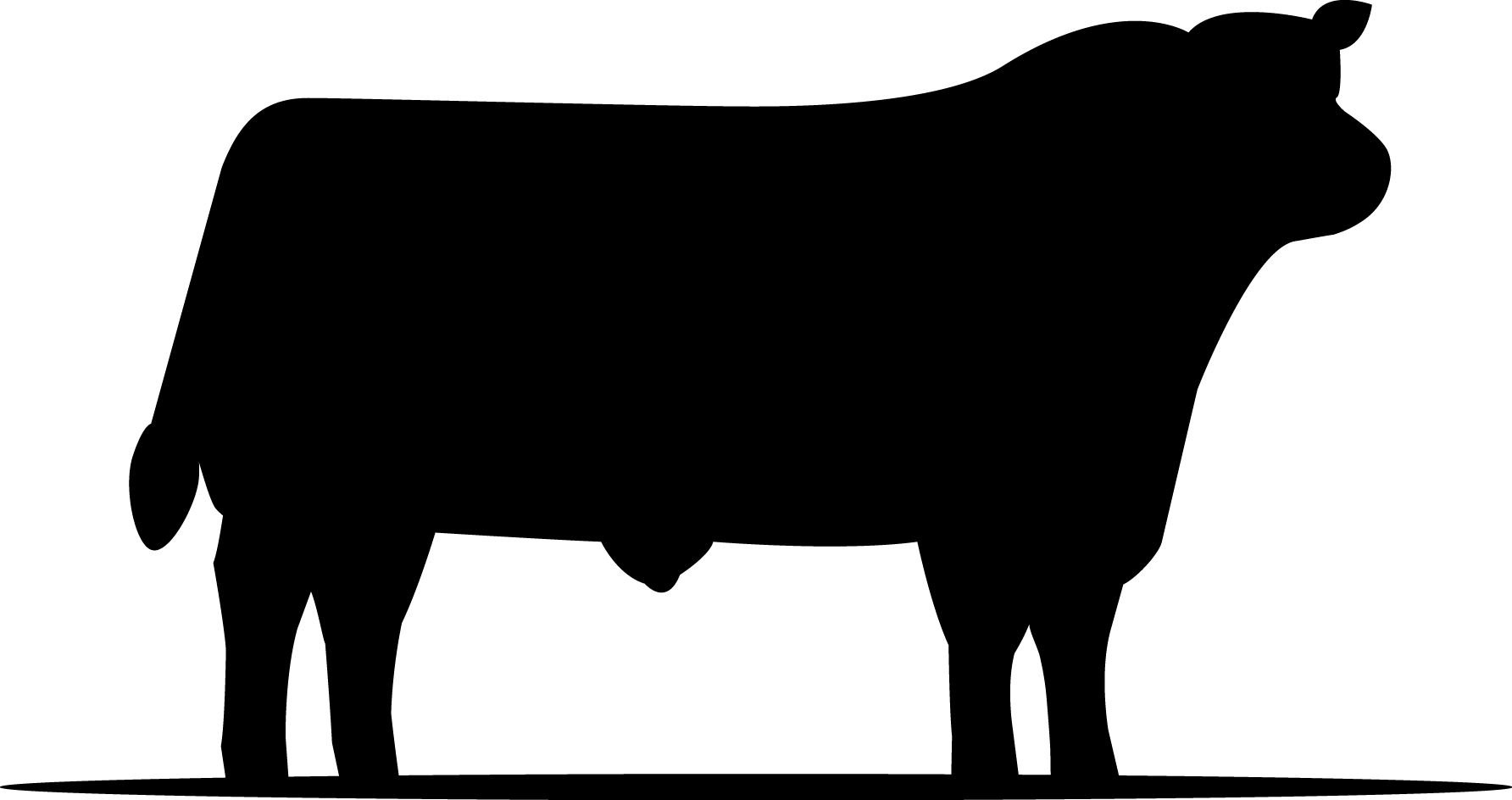Robert Gilchrist, acting CEO of the Aberdeen-Angus Cattle Society, discusses three factors to help farmers take their herd performance to the next level, improving margins in a time of uncertainty.
Number of calves reared
Good fertility is the cornerstone of suckler farm productivity and can be directly measured by the number of live calves born and reared per cow per year. With a target of 92%, the average UK weaning rate of 82%, suggests there is room for improvement
Empty cows pose a huge expense to beef farmers and a decision must be made about whether to continue trying to get them in calve or cull them. A cow needs to be producing one calf every 365 days to be viable otherwise you’re feeding an animal but not producing an output.
Working back from the above benchmarks, a weaning rate of 92% means a herd average calving interval of 396 days, while the 82% weaning rate means a herd average calving interval of 445 days.
Across the year, keeping an average cow cost around £1/day. On that basis, our 396-day herd is costing an extra £31 per cow to keep while our 445-day herd is costing an extra £80/cow to keep.
One of the key drivers of weaning rate is calving ease. For every increase in intervention at calving time (moving from unassisted calving to an easy pull to a hard pull, requiring vet assistance or even a caesarean), adds an extra three weeks per intervention for the cow to get back in calf. In other words, an extra 21 days per intervention.
Keeping a tight calving interval is also aided by cows that calve in the first cycle as they have a much higher rate of subsequent successful pregnancies. For example, cows that can get in calf in the first 44 days have been seen to have a successive fertility rate of 91%.
Taking advantage of genetics
Breed choice also has a huge effect on productivity and performance. Considering consumer demands for premium beef and the flexibility of the herd from a management perspective, Aberdeen-Angus cattle are an attractive breed to produce
The demand for Aberdeen-Angus continues to grow with consumers shifting towards higher quality meat in the UK. This is great news for producers who also benefit from the breed’s efficiency and sustainability behind the farm gate – a win-win for both sides. Known for being easily finished on grass and forage-based diets, Aberdeen-Angus cattle can be reared to the customer’s required weight without the reliance on more expensive feeds.
The breed is also well known for their maternal attributes producing vigorous calves and achieving a high weaning percentage. Easy fleshing genetics -allow the cow to lay down fat using the cheapest feed, grazed grass that they can carry into winter. Once in winter, that fat can be used to reduce feed costs. For every kilogram of fat a cow loses- she releases around 28MJ of energy. A 750kg cow losing one body condition score will lose around 95kg of weight, equivalent to 2600 MJ of energy. That is roughly equivalent to the energy of one whole bale of silage.
The cow uses her energy in the following order:
- Basal metabolism
- Grazing & other physical activity
- Supporting basic energy reserves
- Maintaining existing pregnancy
- Milk production
- Adding to energy reserves
- Oestrus cycling & initiating pregnancy
- Storing excess energy
In other words. the cow gains condition (6) before she becomes pregnant (7). This is why easy fleshing animals also tend to be more fertile.
Managing winter costs
Winter feeding and housing are a significant proportion of the total costs of keeping a beef cow, with decisions about maintenance of body condition, ground condition and the weather playing a big a role in when to house and for how long.
Choosing a breed that thrives on grass and forage diet and proves hardy in the face of challenging weather, helps to keep input costs down without compromising productivity, therefore helping to increase profit. For example, in early March feed wheat was priced at £290 per tonne (£337/t Dry Matter), compared to £172 per tonne of dry matter for grass silage showing the benefits of being able to use more forage and less concentrates to finish.
These are just some of the benefits that Aberdeen Angus genetics will bring to your business, to find out more please visit https://www.aberdeen-angus.co.uk/the-breed/




